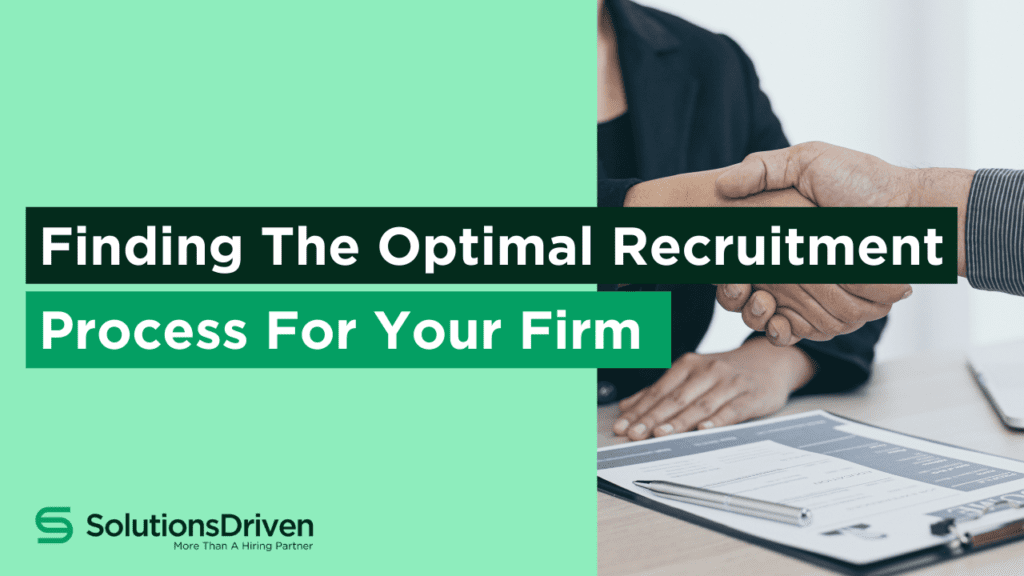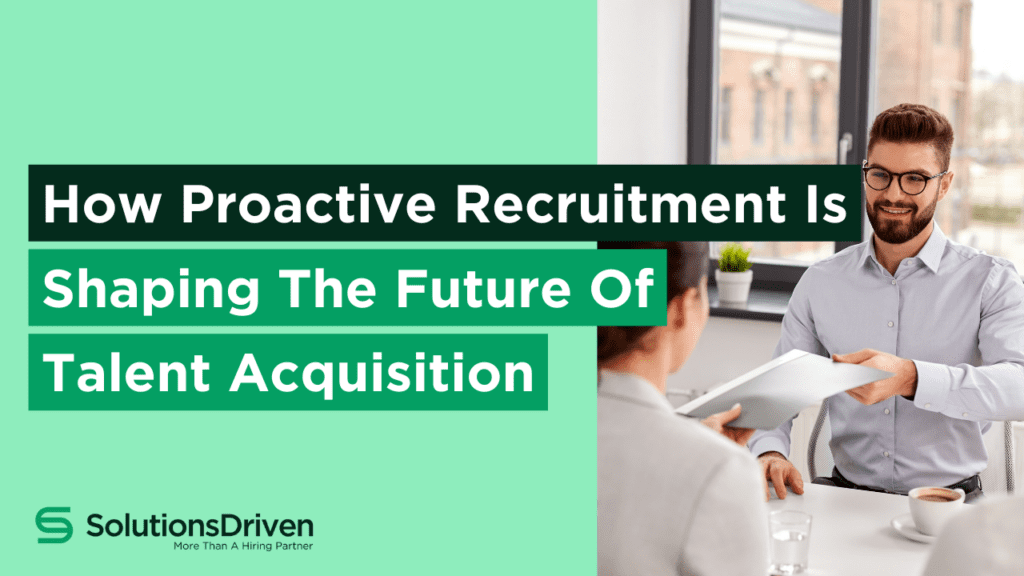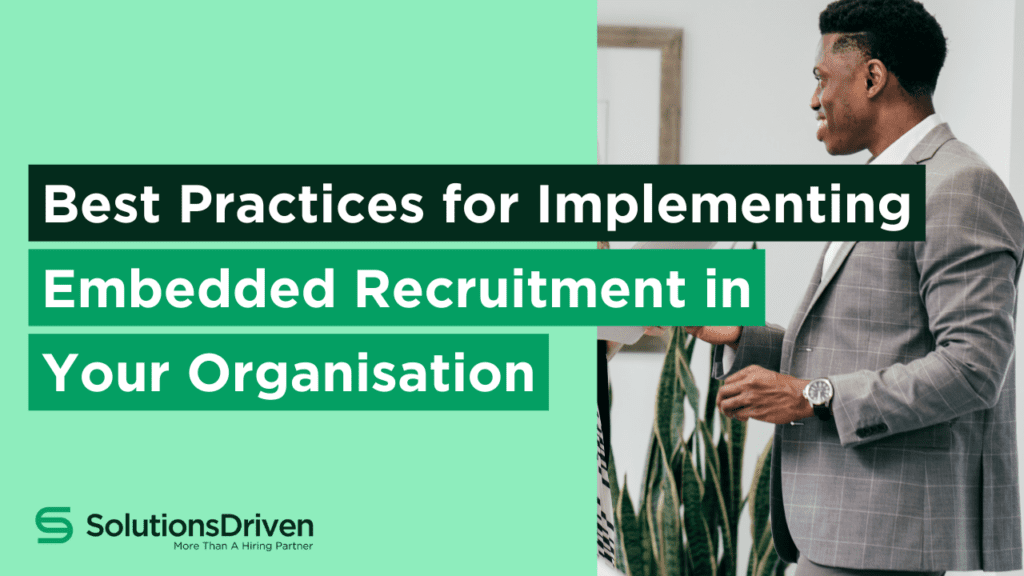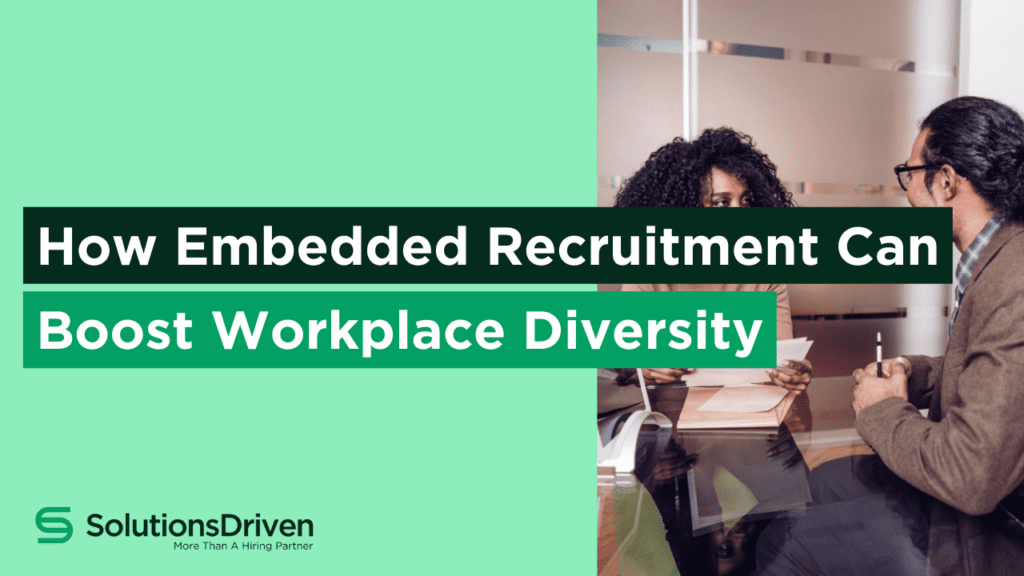To be the first to hear about our latest blogs, whitepaper releases, hiring enablement podcast episodes and get exclusive event invites, join our Exclusive Hiring Enablement Community.
Diversity, equity, and inclusion (DE&I) have become increasingly important topics at work. Companies now recognise that diversity brings a whole host of benefits, including increased innovation, creativity, and employee engagement.
But conversations about diversity can be tough, with many organisations facing challenges when trying to promote diversity and inclusion. And if you’re a leader these difficult discussions can fall to you – remember to check out our recent white paper on Inclusive Leadership: The Secret to DE&I Success.
So, if you want to make those conversations a little easier, this blog post is for you. Here we’ll explore why workplace diversity discussions are vital and reveal what can be learned from reverse mentoring.
The significance of diversity discussions
Diversity and inclusion are critical to modern organisations. A diverse workplace encourages people from diverse backgrounds and experiences to excel together – pooling individual strengths for improved creativity, innovation, and decision-making. As a result, positive outcomes include better customer service, higher profits, and lower staff turnover.
However, diversity discussions aren’t always easy to have. People may have different opinions, cultural barriers may exist, and emotions can run high. To fully benefit from diversity, open and honest conversations are needed. And this requires creating an environment where people feel safe to share their opinions and experiences.
Challenges in diversity conversations
So, what kind of challenges do organisations face when trying to encourage diversity conversations?
A common issue is cultural barriers due to unconscious bias. People may feel uncomfortable, ashamed, or angry when discussing diversity. And that’s why it’s essential to create a safe and inclusive space for dialogue. Organisations need to create a space where everyone feels comfortable to open up and share their experiences.
It’s not always easy but once you’ve achieved that, the benefits are endless! Employees who feel valued, celebrate their differences, and that leads to increased creativity and innovation.
The power of reverse mentoring
A concept that can help with diversity discussions? Its reverse mentoring.
Reverse mentoring involves pairing a junior employee with a senior or executive leader. The junior employee then mentors the senior executive in areas where they may have less experience; think technology, social media, or general millennial culture. In exchange, the senior executive provides career guidance, feedback, and insight on leadership roles, company strategy, and development.
Reverse mentoring works fantastically in the context of DE&I because it can break down barriers and bridge generational and cultural gaps. It allows employees to learn from someone outside of their typical work network, and it can drive change from the top down. Senior leaders benefit from the fresh perspectives of younger employees, and junior employees get exposure to influential people within the company.
Learning from different perspectives
One of the most powerful aspects of reverse mentoring is the vast range of insights it can provide. This practice flips traditional mentoring on its head, creating a unique opportunity for senior leaders to learn from those who are newer to the workforce.
It can be particularly useful in the fast-paced world of technology and digital innovation. Anyone with kids will endorse that younger generations can normally teach us a thing or two when it comes to tech. And younger employees will often have their fingers on the pulse of the latest trends and tools. Their fresh perspectives can offer valuable insights into new ways of thinking and working – things that may not have even occurred to other, more senior colleagues that have been in the industry for a long time.
For instance, a senior executive, well-versed in traditional marketing strategies, may learn about the effectiveness of social media campaigns or influencer marketing from a millennial or Gen Z employee. Or they might gain insights into the values, priorities, and expectations of younger generations, which can be crucial for shaping company policies and strategies.
But reverse mentoring isn’t a one-way street; it’s very much a two-way learning process. While junior employees share their knowledge on digital trends, cultural shifts, and innovative ideas, they also learn from the experiences and wisdom of their senior counterparts. They get a deeper understanding of the company’s history, the rationale behind certain decisions, and insight into strategic thinking.
This exchange of knowledge and perspectives can lead to improved understanding between generations, better decision-making, and a more inclusive culture. It fosters mutual respect and breaks down hierarchical barriers, creating an environment that values continuous learning and growth. In this way, reverse mentoring serves as an important tool for businesses that are serious about getting and staying ahead.
Fostering inclusive cultures
Nowadays, achieving a diverse workforce that fosters an inclusive culture should be top of the agenda for every organisation. Diversity’s not just good for employees from underrepresented groups, but it’s also critical for businesses to succeed and remain competitive.
Both diversity discussions and reverse mentoring programs will contribute to building more inclusive workplace cultures. Reverse mentoring in particular provides a fantastic opportunity for unique collaboration between employees from different generations and different backgrounds – chances are, they’d never normally work closely together otherwise. In some cases, they may not even typically meet!
But when reverse mentoring takes place, it’s an opportunity for employees to learn from each other, share stories, and see the world from different perspectives. As a result, it helps to reduce bias and promote equity in the workplace. Importantly, employees feel included and recognised, which contributes to their job satisfaction and retention.
Take companies like GE and Procter & Gamble. They’re both examples of well-known businesses who’ve implemented successful reverse mentoring programs, illustrating the potential of these initiatives.
Real-world examples
There are lots of other organisations that have successfully implemented diversity discussions and reverse mentoring programs, which have resulted in positive changes to their workplaces.
For example, MacDonald’s are known for their reverse mentoring. When asked in an interview to provide advice for leaders who want to be even better, Former Executive Vice President and Chief Field officer, Karen King, said:
“One piece of advice that I share often is the importance of being a student of the business, have the intellectual curiosity to be current on every aspect of their industry. Ask for feedback; consider reverse mentoring. Some of my best advice came from the Young Professionals network at McDonald’s.”
IBM is also a multinational that’s implemented reverse mentoring programs, to foster diversity and inclusion in the workplace. Their programs have enabled young employees to share their perspectives and knowledge with senior executives, making them more aware of the needs and expectations of their younger workforce.
As a result, both MacDonald’s and IBM have been able to create more inclusive cultures, which helped them attract and retain diverse talent.
Measuring the impact
How do you measure the impact of diversity discussions and reverse mentoring programs? It’s not easy to quantify the effectiveness of these initiatives. But organisations can and should use qualitative and quantitative data to measure progress.
Qualitative data on things employee satisfaction can be collected through surveys, focus groups, and interviews. And quantitative data on things like staff turnover can be collected through metrics such as retention rates, promotion rates, and engagement survey scores.
By tracking these kinds of metrics, businesses can monitor progress and tweak their programs to ensure they’re effective in achieving their goals. It’s crucial to use these indicators to monitor progress and make ongoing improvements to diversity initiatives.
Diversity discussions and reverse mentoring are vital for fostering inclusive workplace cultures. Embracing these practices can help organisations reduce bias and promote equity, which ultimately contributes to the success of their business.
Through highlighting some real-life success stories, we’ve shown that reverse mentoring can be successful if done correctly. Measuring the impact of these programs is also crucial to ensure that they remain effective – and if they’re not the key is flexibility, adaptability, and an ongoing commitment to continuously improve when it comes to diversity and inclusion. At Solutions Driven, we encourage every organisation to implement diversity discussions and reverse mentoring. If you want help implementing a program, we can help. Alternatively find more information in our downloadable white paper: Inclusive Leadership: The Secret to DE&I Success. Don’t delay! Let’s start your journey towards to creating a more inclusive, diverse, and successful workplace today.







